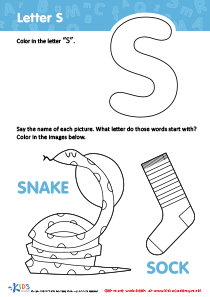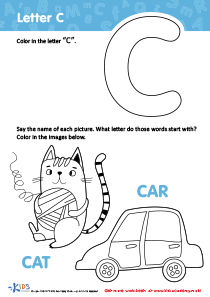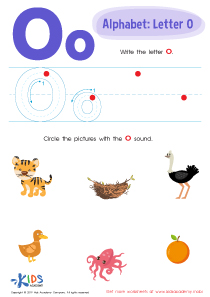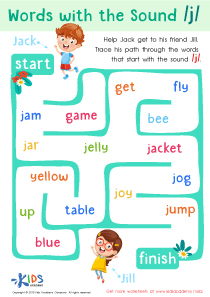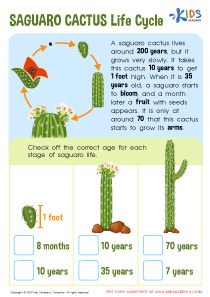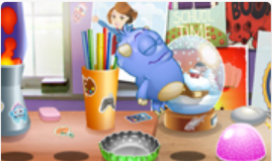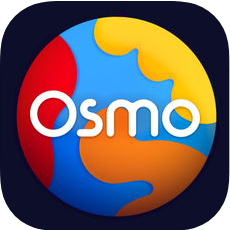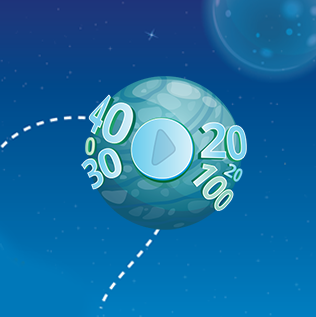Math Lessons | 2D and 3D Shapes, Grade 1
7 results
Our 2D and 3D Shapes Lessons are designed for Grade 1 children to help them understand the basics of geometry. The lessons, which are a blend of interactive worksheets and educational videos, make learning fun and engaging for children. With our informative assessment quizzes, children can practice and gauge their understanding of the concepts learned. Our program covers a wide array of topics, including identifying 2D and 3D shapes, exploring their properties, and applying them in real-world scenarios. At the end of the course, children will have a strong foundation in geometry, which will help them tackle more complex topics in the future.
2D and 3D Shapes Lessons for children in Grade 1 can be a helpful tool for kids in their studies as they transition to a more structured learning experience in school. These lessons are designed to provide children with a comprehensive understanding of the basic concepts of geometry, specifically around the shapes and properties of 2D and 3D shapes. These lessons include interactive worksheets and educational videos for students to engage with and assess their understanding regularly.
One of the benefits of learning about 2D and 3D shapes is that it provides children with the foundation they need to build on more complex mathematical concepts as they progress through their education. The shapes and measurement they learn today will serve them well in concepts such as multiplication, division, and algebra as they advance through middle and high school. By starting early with a strong foundation in geometry and shape recognition, students are well equipped to succeed as they move forward in their education.
In addition, when students understand 2D and 3D shapes, they are better equipped to apply these concepts to real-world situations. They can use these mathematical concepts to better understand floorplans, maps, graphs, and other illustrations. They can also use these concepts to make more informed predictions about how objects will behave in various environments. For example, by understanding height and width, students can better estimate how many people can fit in a room or how much space a new piece of furniture might take up. These types of real-world applications instill a deeper appreciation for the practical applications of math and instill a sense of confidence in students as they apply these concepts to their daily lives.
Furthermore, these interactive worksheets and educational videos encourage students to engage with the material in a more meaningful way. Instead of reading a dry textbook or listening to a lecture, students can get up close and personal with a variety of 2D and 3D shapes. They can see how these shapes relate to their everyday lives and immediately apply what they have learned in other assignments. This type of experiential learning is extremely valuable as it keeps kids interested in the topic and motivated to continue learning.
Finally, regular assessment quizzes can help students understand their areas of strength and areas of growth. By taking these quizzes, students can immediately find out how well they understand a particular concept. These quizzes can also provide teachers with valuable insights into the areas where students may need additional support.

